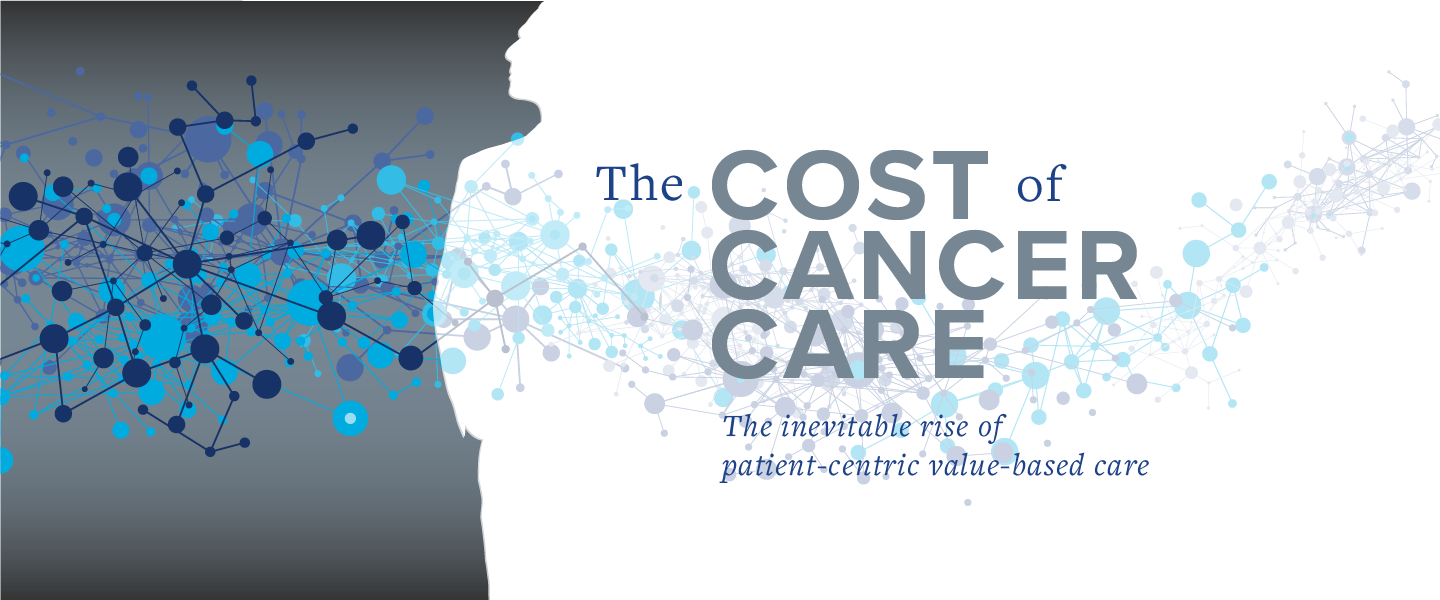In the ever-evolving landscape of American healthcare, one issue remains a constant concern for patients, providers, payers, and policymakers alike—the escalating cost of prescription drugs.
Steep price tags on vital medications can have a detrimental impact on healthcare across the continuum. Hospitals, for example, might find themselves forced to make difficult decisions when their budgets are strained by rising drug costs. These financial pressures can lead to delayed investments in critical infrastructure, reduced staffing levels, and a resource-intensive search for alternative, more cost-effective therapies. The result? A healthcare system that struggles to provide the quality-of-care that patients deserve.
It’s no surprise that the burden of high drug prices extends well beyond the hospital walls. Patients often bear the brunt of these costs, with nearly one in three Americans admitting they haven’t taken their prescribed medications as directed due to financial constraints. Failure to follow medication regimens can lead to increased inpatient and outpatient expenses as well as a decrease in appropriate drug treatment.
Legislative Initiatives Paving the Way for Reform
Several key pieces of legislation have been introduced to limit skyrocketing drug prices and promote transparency. These include:
- The Fair Drug Pricing Act: This act mandates that manufacturers furnish the U.S. Department of Health and Human Services (HHS) with a detailed report on transparency and justification 30 days prior to raising the price of specific high-cost drugs by more than 10%. Manufacturers must disclose reasons for price hikes, manufacturing and research expenses, net profits, and marketing costs. While not prohibiting price increases, this bill enhances transparency by providing taxpayers and healthcare providers with advanced notice of impending charges.
- The Patient Right to Know Drug Prices Act: This legislation prohibits health insurers from restricting pharmacies from informing consumers about price differences between out-of-pocket costs under their health plan and the cost of the drug without using any coverage at all. The focus of this act is to ensure that patients have access to information that can help them make more informed decisions regarding their prescription drug expenses which in turn enables patient and doctor communication.
- The Inflation Reduction Act: This act establishes annual caps on price increases for specific medications covered by federal programs such as Medicare and Medicaid. It seeks to prevent drug manufacturers from enforcing steep price hikes that outpace inflation, helping to control overall healthcare costs.
Impact on Health Plans
As these legislations work to rein in drug prices and promote transparency, health plans must adapt to a shifting landscape. First and foremost, health plans may find themselves in a better position to negotiate fair drug prices with pharmaceutical companies. With comprehensive data on drug pricing and list prices, insurers can advocate for their members, ensuring access to affordable medications.
And, as drug costs become more predictable and transparent, health plans can better manage their budgets and allocate resources effectively. This financial stability can translate into more affordable premiums and better overall value for members, as discussed in our recent blog on “Managing High Drug Costs in Cancer Care.”
A crackdown on drug pricing promises to revolutionize the healthcare industry. Collaborative efforts between policymakers, healthcare providers, and health plans will pave the way toward a system where the costs of prescription drugs are no longer a barrier to quality care. Lowering the cost of drugs should not lead manufacturers to refuse to create adequate quantities of the drug because of the cost impact on them. This is an area of concern and policymakers, health plans and healthcare providers. They are all watching this closely. CMS and the FDA are also following this closely to mitigate the inability to access the appropriate drugs for treatment. With all of these safeguards in place, patients can confidently access the medications they need to lead longer, healthier lives.








